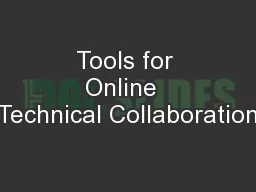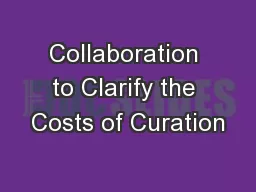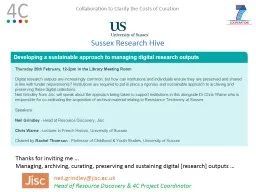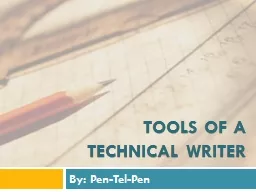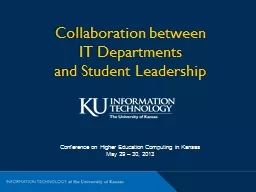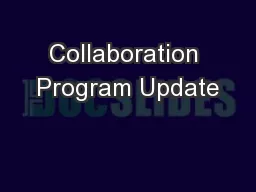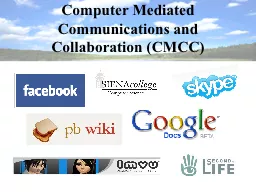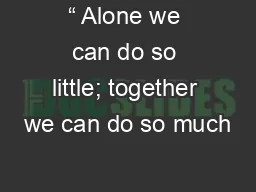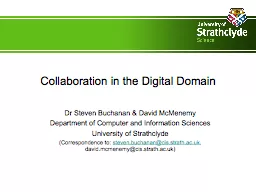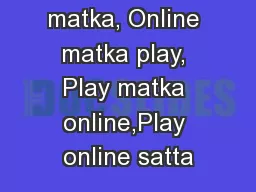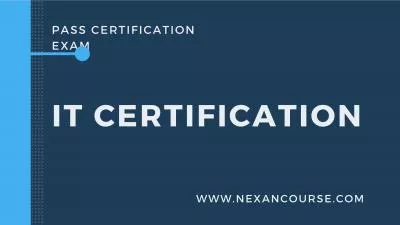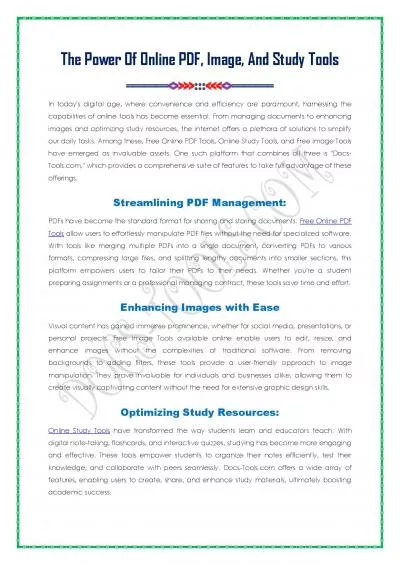PPT-Tools for Online Technical Collaboration
Author : lois-ondreau | Published Date : 2018-02-17
Stephen M Watt University of Western Ontario TRICS University of Western Onatrio 10 September 2014 Preliminary version of a talk to be given at West University
Presentation Embed Code
Download Presentation
Download Presentation The PPT/PDF document "Tools for Online Technical Collaboratio..." is the property of its rightful owner. Permission is granted to download and print the materials on this website for personal, non-commercial use only, and to display it on your personal computer provided you do not modify the materials and that you retain all copyright notices contained in the materials. By downloading content from our website, you accept the terms of this agreement.
Tools for Online Technical Collaboration: Transcript
Download Rules Of Document
"Tools for Online Technical Collaboration"The content belongs to its owner. You may download and print it for personal use, without modification, and keep all copyright notices. By downloading, you agree to these terms.
Related Documents

